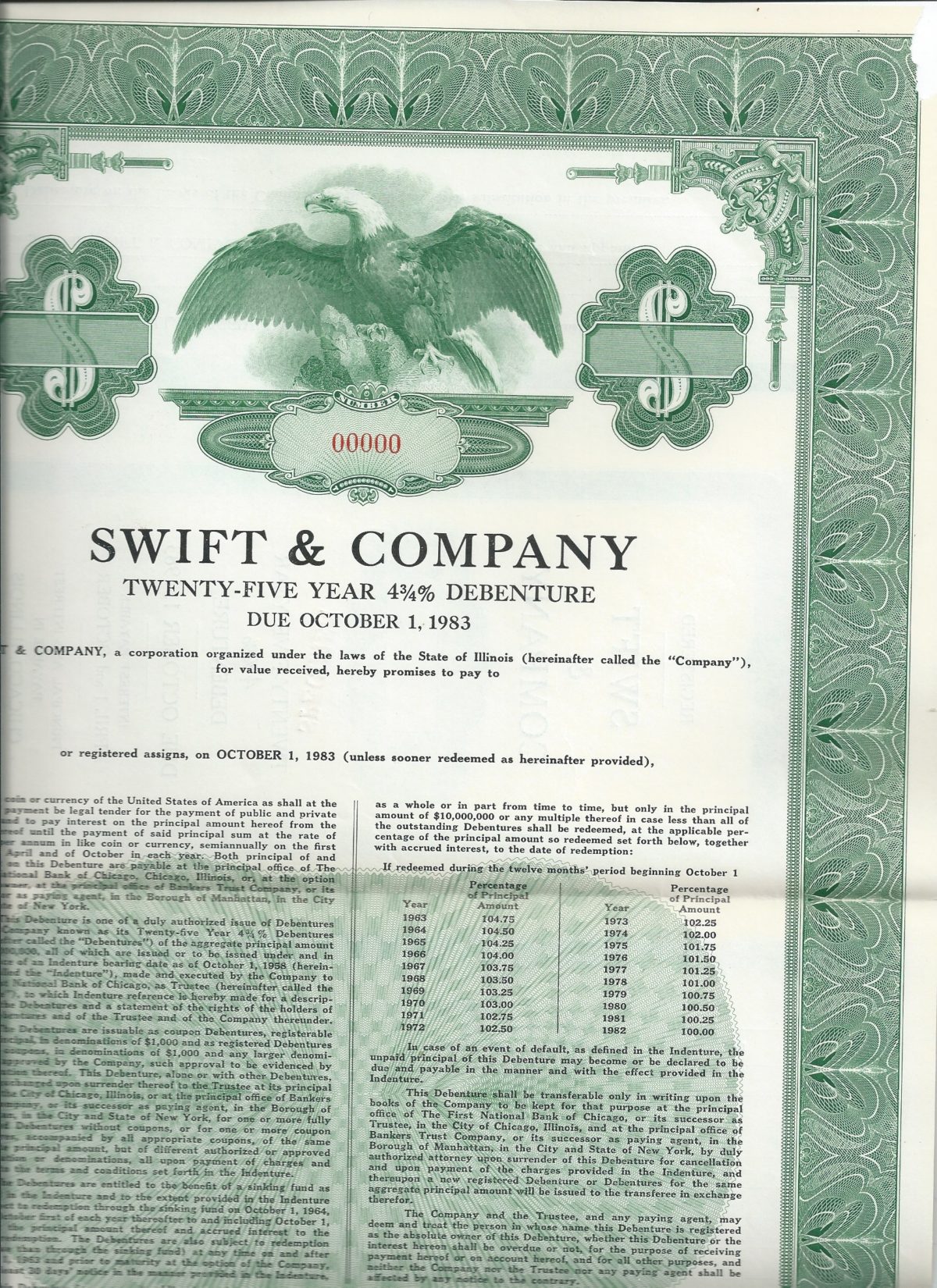by Fred Fuld III
Mini bonds have gained popularity among investors due to their affordability and accessibility. These bonds, often referred to as notes, typically trade for around $25 on the NYSE and NASDAQ. They offer a unique opportunity to invest in debt securities at a fraction of the cost of traditional bonds, which normally trade in $1000 denominations with a $5000 minimum.
One of the most significant advantages of mini bonds is their low entry point. For investors with limited capital, these bonds provide a way to diversify their portfolios without breaking the bank. By investing in a variety of mini bonds, investors can spread their risk across different issuers and sectors, potentially reducing their exposure to market volatility.
Another benefit of mini bonds is their liquidity. As they trade on major exchanges, investors can easily buy and sell these bonds, ensuring that they can access their capital when needed. This liquidity can be particularly valuable in times of market uncertainty, as investors can quickly liquidate their positions to meet their financial obligations.
Mini bonds have a big advantage over preferred stocks, because the bonds will eventually be paid off at maturity.
However, while mini bonds offer several advantages, it’s essential to consider potential drawbacks. All bonds can drop in value when interest rates rise. Also, investors should carefully evaluate the creditworthiness of the issuers before making an investment.
Additionally, mini bonds may have limited trading volume compared to stocks. This can sometimes lead to wider bid-ask spreads, which can impact the overall return on investment if sold before maturity.
Here are some examples of a few muni bonds:
Southern Company Series 2020A 4.95% Junior Subordinated Notes due January 30, 2080 (SOJD) 5.07% yield.
Southern Company (The) Series 2020C 4.20% Junior Subordinated Notes due October 15, 2060 (SOJE) 4.79% yield.
Assurant, Inc. 5.25% Subordinated Notes due 2061 (AIZN) 5.82% yield.
Stifel Financial Corporation 5.20% Senior Notes due 2047 (SFB) 5.44% yield.
Brookfield Finance Inc. 4.625% Subordinated Notes due October 16, 2080 (BNH) 5.88% yield.
Babcock & Wilcox Enterprises, Inc. 8.125% Senior Notes due 2026 (BWSN) 8.65% yield.
In conclusion, mini bonds offer a unique investment opportunity for both experienced and novice investors. Their affordability, liquidity, and potential for diversification make them an attractive option for those seeking to build a well-rounded portfolio. However, investors should be aware of the potential risks associated with these bonds, such as credit risk and limited trading volume. By conducting thorough research and carefully considering their investment goals,investors can make informed decisions about whether mini bonds are a suitable addition to their financial strategy.
Disclosure: Author didn’t own any of the above at the time the article was written.


